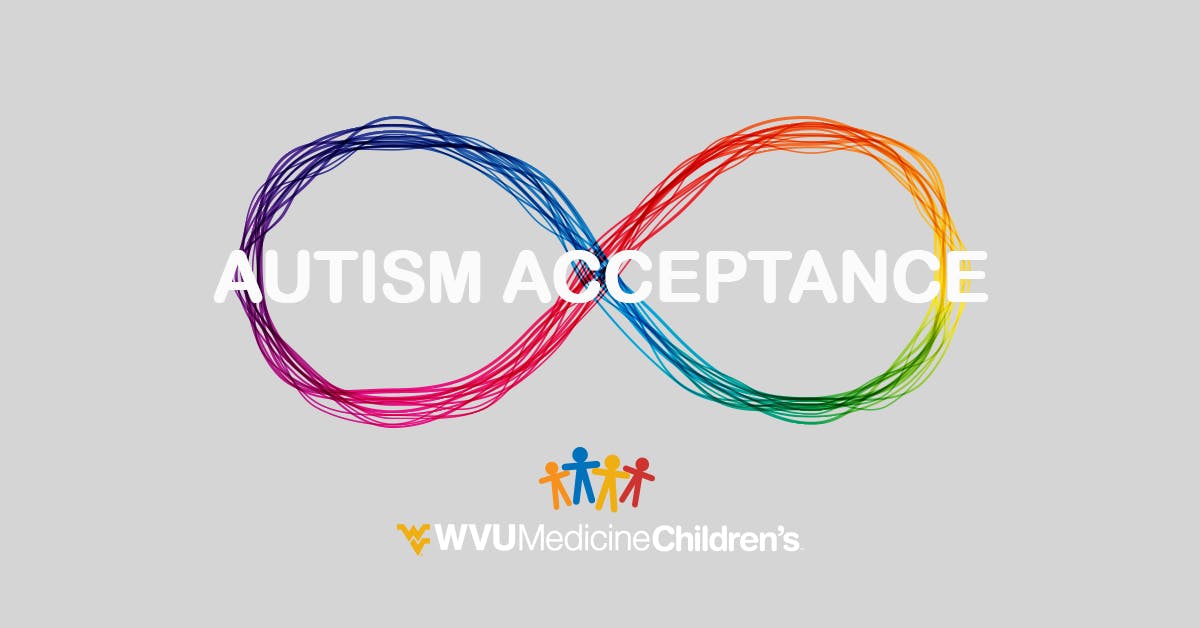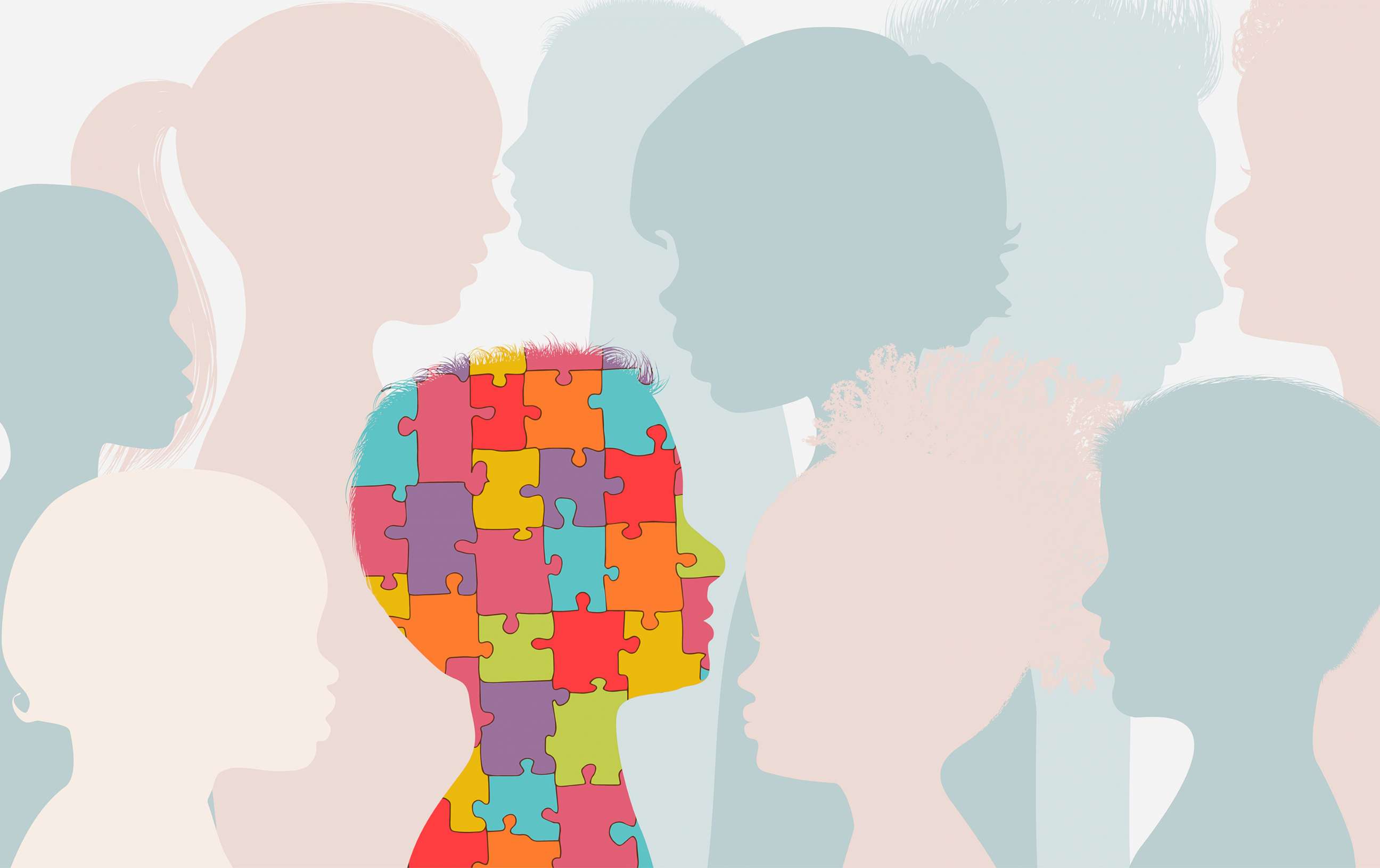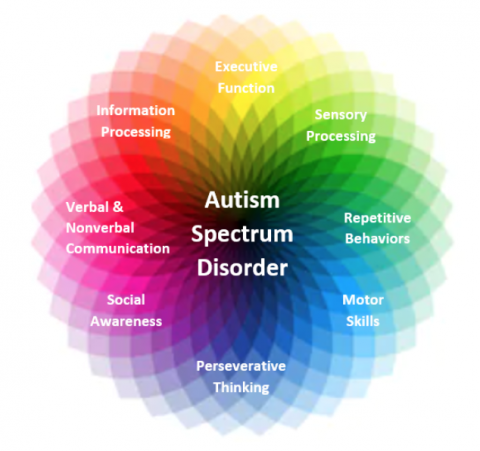Autism and Sensory Processing: Checking Out the Connection and Its Results
Autism and Sensory Processing: Checking Out the Connection and Its Results
Blog Article
Checking Out Autism: Methods for Reliable Interaction and Interaction
Effective communication and interaction with individuals on the autism spectrum necessitate a comprehensive understanding of their one-of-a-kind demands and choices. Approaches such as using clear language, making use of aesthetic assistances, and promoting constant regimens can substantially improve interaction and minimize stress and anxiety. In addition, recognizing the significance of non-verbal hints and shared rate of interests leads the way for meaningful connections. Nonetheless, the ins and outs of these techniques expose additional considerations that warrant expedition, specifically in how they can be adapted to varied contexts and private experiences. What might these adjustments resemble in practice?
Comprehending Autism Spectrum Problem
Autism Spectrum Disorder (ASD) encompasses a variety of neurodevelopmental problems characterized by challenges in social communication, interaction, and repetitive behaviors. The term "range" mirrors the diverse manifestations and varying degrees of extent experienced by people with ASD. While some may exhibit considerable impairments, others might display high-functioning characteristics, enabling for higher freedom in life.
The start of ASD usually happens in very early childhood years, with indicators typically well-known by age 2. Early signs might consist of postponed speech growth, minimal eye contact, and difficulties in comprehending social hints. Although the precise etiology of ASD continues to be unclear, research study suggests a mix of environmental and genetic factors plays an essential function in its advancement.
As a result, interventions and assistance tailored to individual requirements are vital for fostering interaction and social abilities. Recognizing the complexity of ASD is important for advertising recognition, approval, and reliable methods that assist in meaningful interactions with individuals on the range.

Significance of Clear Communication
Efficient interaction is essential for promoting understanding and link, specifically for individuals with Autism Spectrum Disorder (ASD) Clear communication not just assists in social communications yet also enhances the individual's ability to express their feelings, ideas, and demands. For people with ASD, the nuances of language can commonly be challenging; for that reason, using straightforward and distinct language is vital.
Moreover, clear interaction helps in reducing disappointment and stress and anxiety that might arise from misconceptions. When messages are conveyed in a consistent and straight way, individuals with ASD are better outfitted to translate details precisely, which can dramatically improve their social involvement and engagement in numerous settings.
Establishing routines and utilizing visual assistances can further strengthen clear communication. These strategies supply individuals with predictable structures that help comprehension and retention of details. Additionally, actively paying attention and being individual throughout interactions advertises a helpful atmosphere where people with ASD feel valued and comprehended.
Ultimately, prioritizing clear interaction not only equips individuals with ASD but also promotes more significant links with their peers, caretakers, and the broader community, leading the way for joint partnerships and comprehensive communications. - autism
Non-Verbal Interaction Methods
Interaction prolongs past words, and for people with Autism Spectrum Disorder (ASD), non-verbal signs play a substantial role in communications. Non-verbal interaction methods can consist of facial expressions, motions, body language, and eye contact, all of which function as vital elements for communicating emotions and objectives.
Comprehending and interpreting these non-verbal signals can enhance communications with people with ASD. For example, a cozy smile or open posture can create an inviting atmosphere, encouraging engagement. Likewise, using aesthetic help-- such as image cards or icons-- can connect communication spaces and assist communicate messages better.
It is also essential to be conscious of personal space, as individuals with ASD might have different comfort levels pertaining to closeness. Observing their reactions to physical distance can educate suitable modifications.

Producing Encouraging Settings
Developing a helpful atmosphere is crucial for fostering positive communications and improving the wellness of individuals with Autism Range Problem (ASD) Such atmospheres can substantially decrease anxiety and produce a sense of security, permitting people to reveal themselves a lot more freely.
To attain this, it is important to take into consideration sensory sensitivities that people with ASD might experience. Customizing the physical room to include soft lighting, very little background sound, and comfortable seats can develop a relaxing ambience. In addition, utilizing constant routines and clear aesthetic schedules can aid people anticipate changes and lower unpredictability, additional advertising convenience.
Social areas ought to be structured to minimize overwhelming stimulations while supplying chances for interaction in recommended activities. Assisting in locations assigned for silent time can also function as a sanctuary throughout moments of stress and anxiety. Significantly, including elements of choice equips people, enabling them to exercise company in their setting.

Motivating Social Interactions
Cultivating social communications among people with Autism Range Disorder (ASD) needs deliberate techniques that focus on comfort and involvement. Establishing foreseeable routines can help in reducing stress and anxiety, making social setups a lot more approachable. Creating organized settings with specified roles and duties enables individuals to engage without the look at this web-site overwhelming pressure of disorganized social characteristics.
Integrating rate of interests and strengths right into social activities can act as a catalyst for interaction. For example, arranging group activities around shared pastimes or subjects of attraction can promote natural conversations and connections. Furthermore, making use of aesthetic assistances, such as photographic timetables or social scripts, can assist in comprehending social cues and expectations.
Modeling proper social actions is vital - autism. Peers and grownups must demonstrate efficient communication methods, including active listening and turn-taking. Role-playing scenarios can likewise offer a secure room for individuals to exercise these abilities
Finally, fostering peer partnerships through inclusive practices is essential. Motivating inclusive playdates or team trips can produce opportunities for socialization in a comfortable visit this website setting. By applying these teachers, methods and caretakers can significantly boost social communications for individuals with ASD, promoting their total social growth and wellness.
Conclusion
In final thought, reliable communication and interaction strategies are vital for sustaining people with Autism Spectrum Problem. Inevitably, these methods encourage people with autism to navigate social landscapes, advertising their total wellness and making it possible for the development of long lasting connections.
Reliable interaction and interaction with people on the autism range necessitate an extensive understanding of their distinct needs and choices. Clear communication not only facilitates social interactions however additionally enhances the individual's ability to share their emotions, ideas, and needs.Fostering social communications amongst individuals with Autism Range Disorder (ASD) calls for deliberate strategies that focus on convenience and engagement. By executing these techniques, caretakers and instructors can significantly enhance social communications for individuals with ASD, promoting their total social advancement and wellness.
In conclusion, reliable interaction and communication techniques are important for sustaining individuals with Autism Range Condition.
Report this page